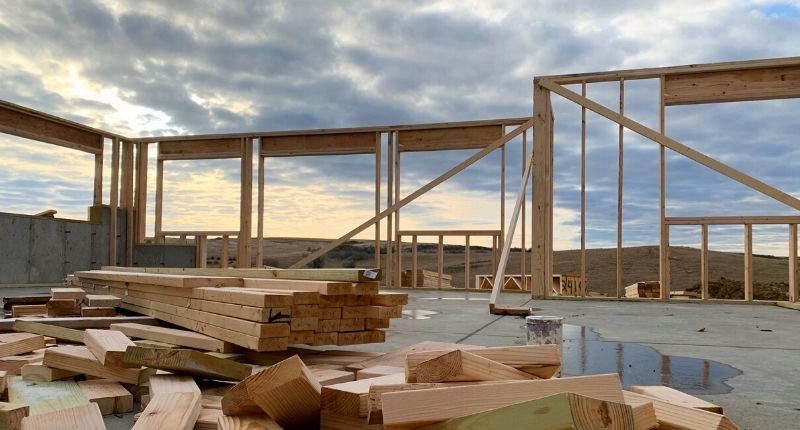- Unprecedent public and private expenditure has fuelled material shortages
- Improvements are expected by early 2023
- However, cost of labour is expected to rise
Although Australian construction costs have spiked in recent months, thanks to inflation, economic stimulus and supply chain challenges, new research conducted by CBRE has found that price escalations should peak this year, before moderating in 2023.
Leading on from Turner & Townsend’s research, the CBRE report highlights that most cost escalations have now been put into project pricing especially for building materials.
Unprecedent capital for large infrastructure projects, a residential construction boom and surging transport costs have driven price rises across all key material and staffing indicators during the past 12 months.
This is expected to continue due to ongoing housing builds fueled by the HomeBuilder package.
“While supply chain delays will persist, improvements are expected in early 2023 with cost increases from next year onwards to be largely driven by higher wage costs,” said CBRE Research Director, Kate Bailey.
Perth and Brisbane leading the price increases
Western Australia and Queensland are expected to record 7% and 6% year-on-year construction cost increases – the highest among the states.
The report noted that Perth is undergoing a significant infrastructure pipeline, with previous border closures and competition from the mining sector constraining labour supply in the state while driving wage increases.
In Brisbane, major infrastructure developments such as the Cross River Rail and Queens Wharf projects are also highlighting the demand for materials.
“Recent reconstruction works to repair flood damage have also driven up material costs in Queensland, with continued population growth and infrastructure development ahead of the 2032 Olympics likely to see high construction costs persist,” Ms Bailey added.
The report noted all key material and staffing indicators have risen sharply during the past 12 months.
It signalled the cost of structural steel as increasing the most – by 39.5% per tonne – followed by plasterboard, a 35.5% per sqm rise.
In terms of labour, the average cost of a site foreman has risen by 11.5% per hour.
Ms Bailey noted that due to price rises being factored in construction contracts, the risk ahs been mitigated to developers. From 2023 onwards, the cost of labour is expected to be the key driver of construction cost increases.








